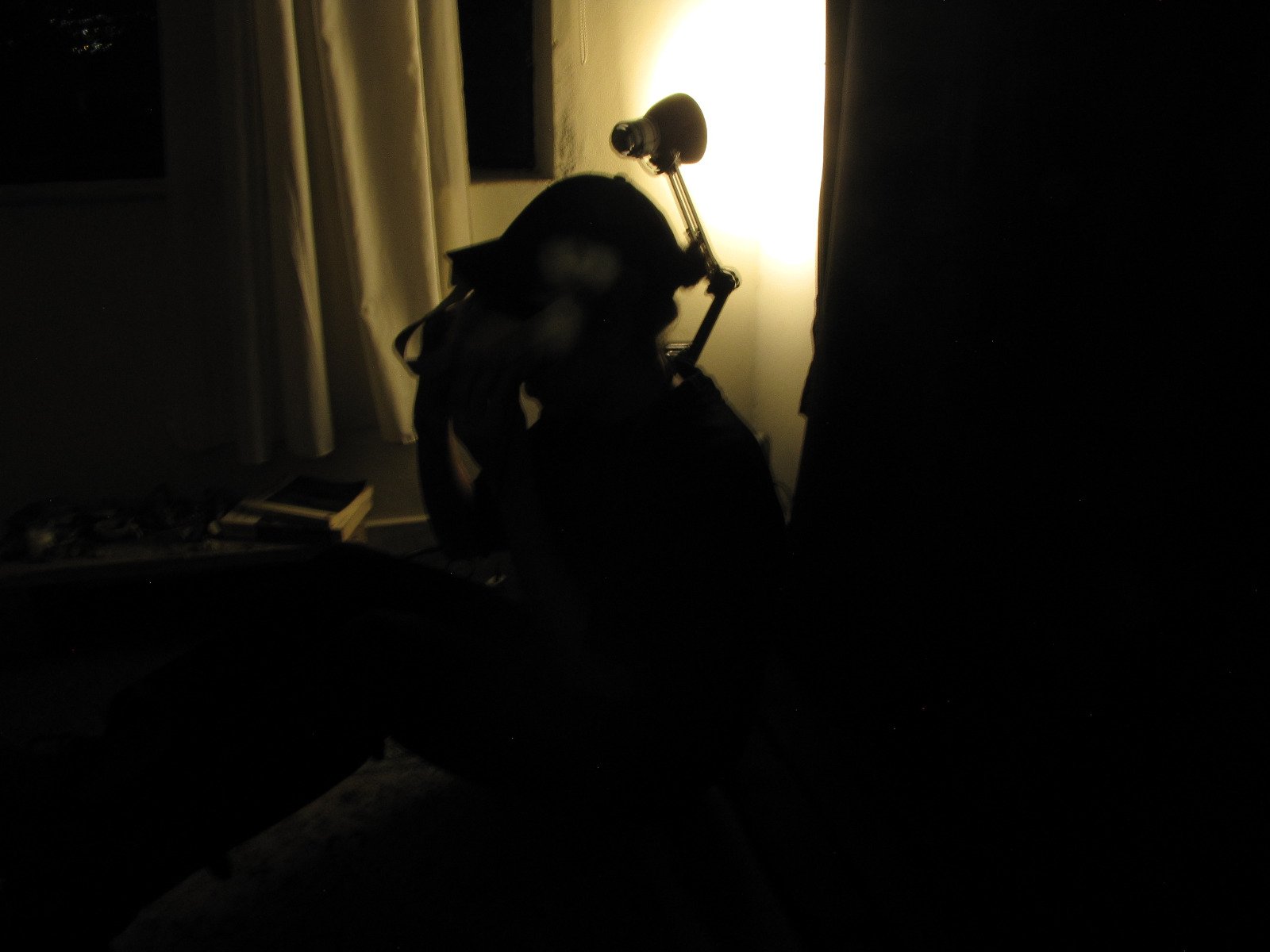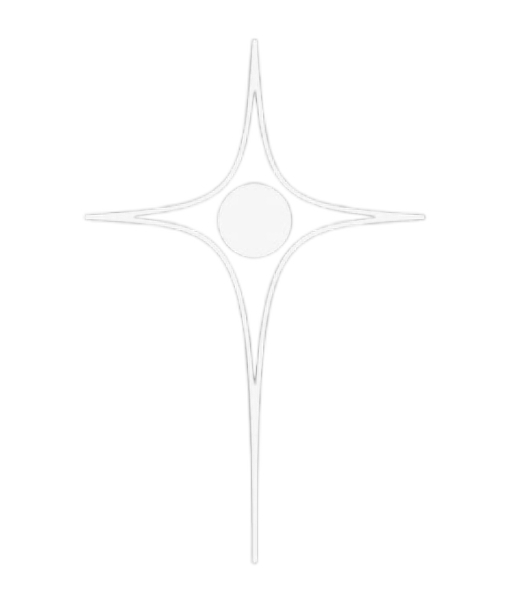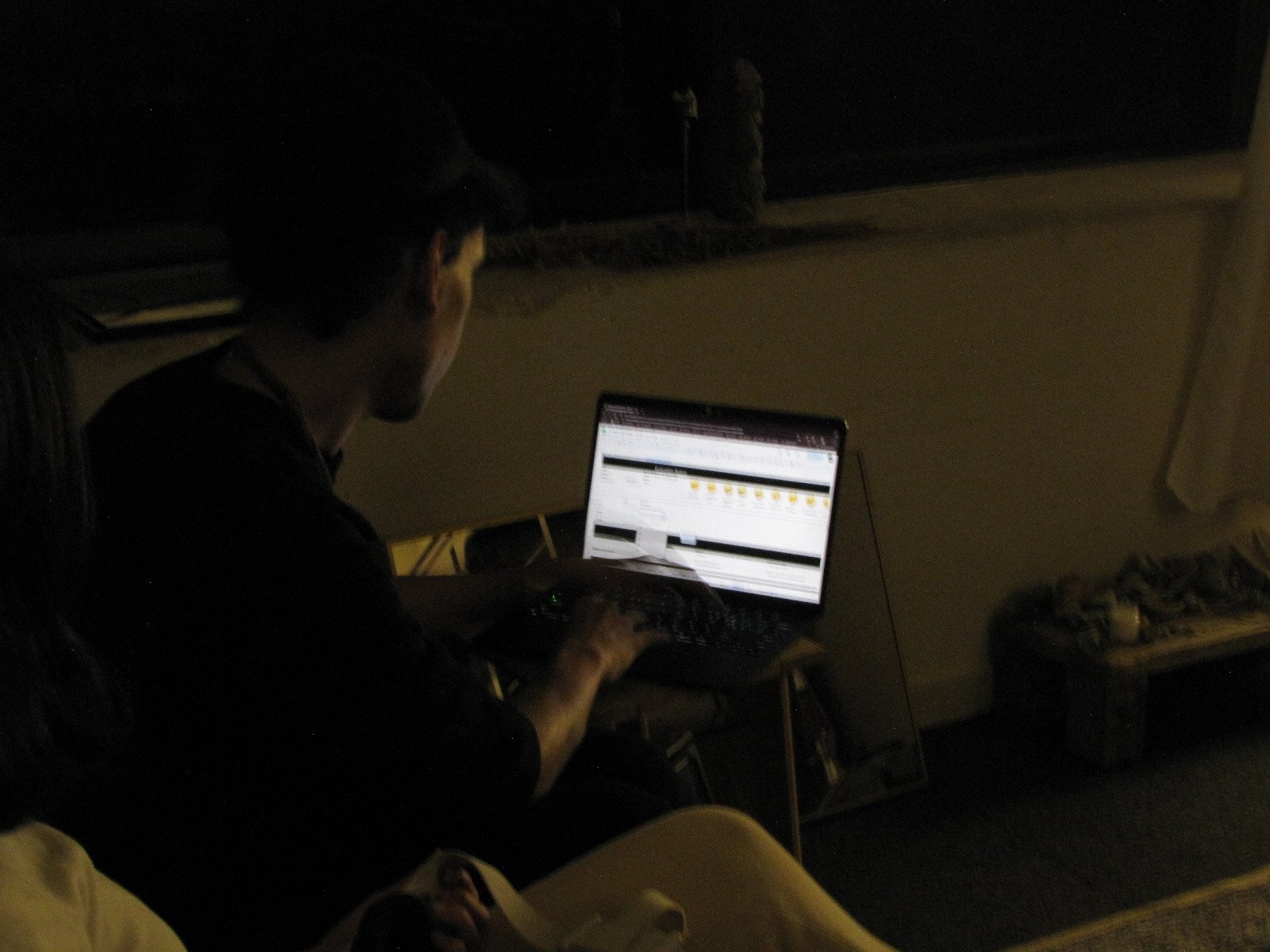
Our series, 'The Anatomy of Anything,' is a contemplative exploration of our current epoch. It dissects the integration of groundbreaking technologies(specifically VR/AR, AI, Biometric tech, Robotics) across diverse disciplines & realms(such as cultural studies, epigenetics, metaphysics, health, urbanism & more) interrogating the traditional boundaries of knowledge production as a theoretical foundation for design.
Through a series of multi media essays, we confront a fundamental axiom of modernity: the anatomization of matter. This process, deeply ingrained in our approach to the world, seeks to dissect and categorize 'anything' - turning the fluidity of phenomena into the rigidity of 'something'. Such an approach, driven by an ontological fear of 'nothing', often leads to viewing every entity, every piece of matter, as a resource ripe for extraction and utilization. This relentless drive to intervene and exploit has not only shaped our interactions with the physical world but has also manifested in complex societal issues, including the unethical practices of eugenics.
By turning the abstract into the tangible, and the undefined into the defined, we inadvertently set the stage for the very crises we face today. 'The Anatomy of Anything' is not just an exploration of technologies; it's a critical examination of these paradigms, challenging us to envision a future where interaction with matter, and each other, is reimagined for a more harmonious existence.
THE ANATOMY OF ANYTHING
OUR RESEARCH
Our aim is to validate our series scientifically and so we have done a research study that explores the application of virtual reality (VR) for pain management. This was done as a means to gain proximity in understanding cognitive processes being expressed when exposed to immersive experience designed for wellness.
We designed our own VR experience for meditation with also reactive assets within the experience that react in real time to biometric input from the user that is being measured through biometric equipment.
Through an experimental approach, we compared physiological responses and pain perception of two groups of participants, using VR technologies and controlled pain exposure protocols.
The results indicated a decrease in pain perception and an increase in pain tolerance in the group exposed to VR, highlighting the potential of these technologies as complementary tools in therapeutic treatments. However, the need for further research was identified to fully understand the underlying mechanisms and emerging variables that when considered more deeply would help optimize this practical application, also addressing the methodological limitations present in current research on VR in health contexts.
EXPERIENCE.
INTRODUCCION

CHOOSE YOUR SCHEMA
PORTAFOLIO

THE ANATOMY OF ANYTHING
TO BUILD A MACHINE: THE ANATOMY OF ANYTHING
Dante Sebastián Galván Rial
A!
Juan Goyret

VR . VIRTUAL REALITY


VR
RV
D
O
L
O
R
D
O
L
O
R
D
O
L
O
R
D
O
L
O
R
D
O
L
O
R
D
O
L
O
R
Take a minute to write an introduction that is short, sweet, and to the point. If you sell something, use this space to describe it in detail and tell us why we should make a purchase. Tap into your creativity. You’ve got this.
METODOLOGIA
METODOLOGIA
METODOLOGIA
METODOLOGIA
Introduce your brand
Take a minute to write an introduction that is short, sweet, and to the point. If you sell something, use this space to describe it in detail and tell us why we should make a purchase. Tap into your creativity. You’ve got this.
ABSTRACT
Este estudio explora la aplicación de la realidad virtual (RV) como herramienta para el manejo del dolor.
Enmarcado en experimento, comparamos:
1. Respuestas fisiológicas
2. Percepción del dolor
En dos grupos participantes, utilizando tecnologías de RV y protocolos controlados de exposición al dolor.
Los resultados indicaron una disminución en la percepción del dolor y un aumento en la tolerancia al mismo en el grupo expuesto a RV, destacando el potencial de estas tecnologías como herramientas complementarias en tratamientos terapéuticos. Sin embargo, se identificó la necesidad de mayor investigación para entender completamente los mecanismos subyacentes y las variables emergentes que al considerarlas más profundamente ayudarían a optimizar esta aplicación práctica, abordando también las limitaciones metodológicas presentes en la investigación actual sobre RV en contextos de salud.
Keywords:
Realidad virtual, Manejo de dolor, Paralelos y aplicaciones, Tratamientos






















